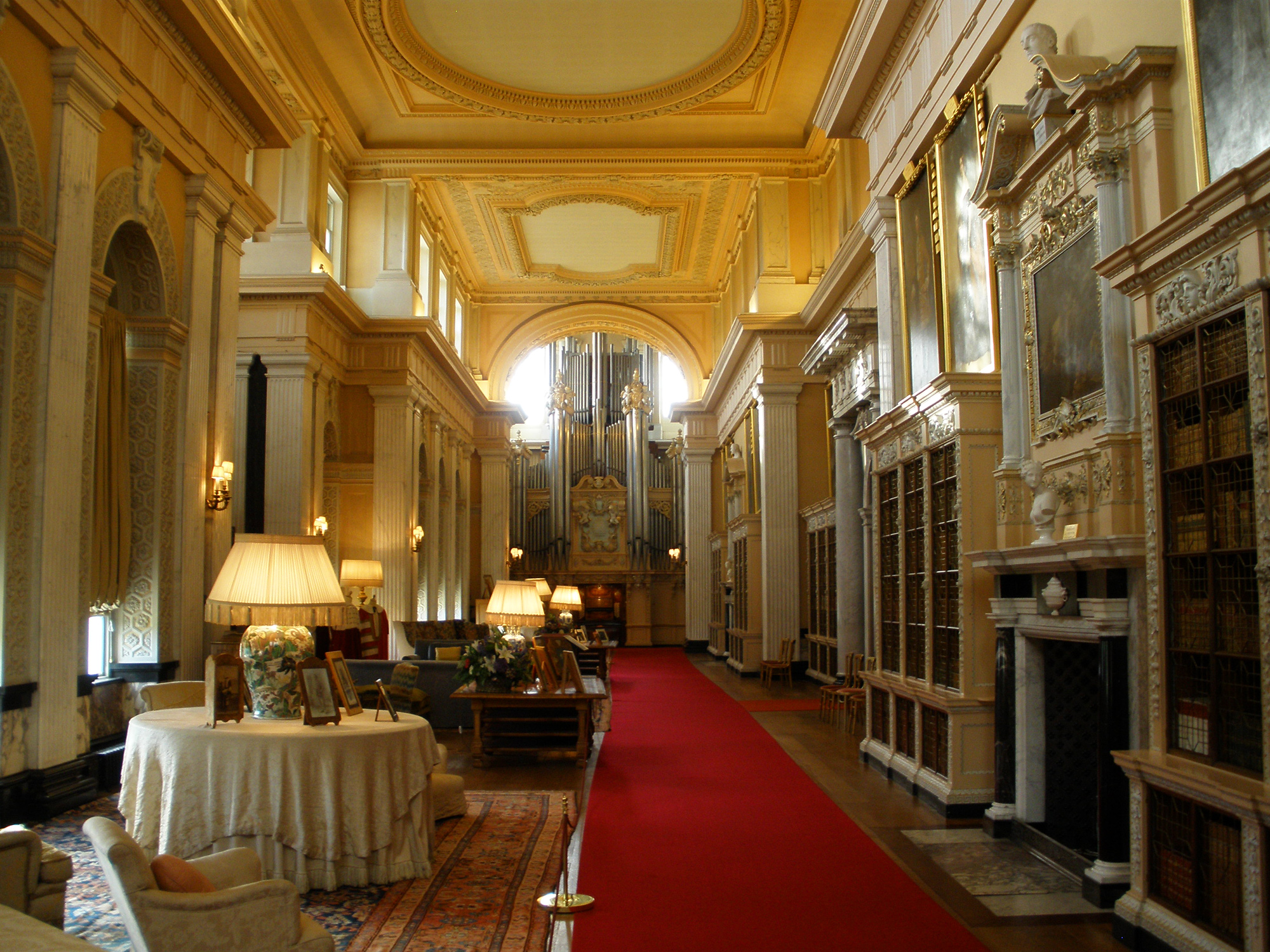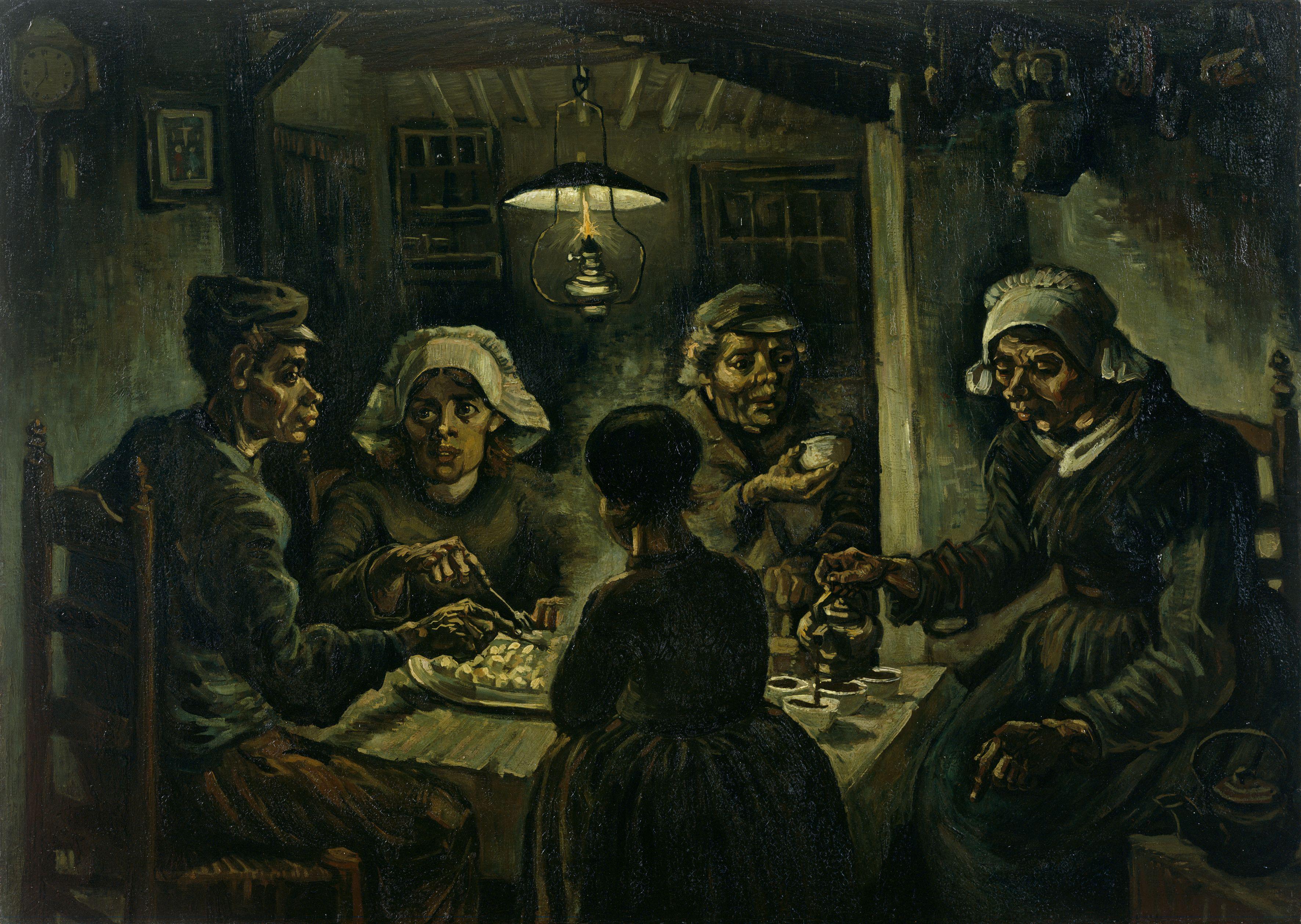I left Amsterdam at 7 AM and arrived in Heathrow Terminal 5. My brother, being UK citizen, zipped through immigration. I, holding an American passport, was clubbed with all others including many Indians in an interminably long queue. Luckily for me a Texan Republican and small business owner stood in front for the next hour. We chatted away about the primary elections, Obama etc. He had come as chaperone for his daughter's school tour to Europe. I wish the Brits had separated out US passport holders along with at least theEU passport holders thus avoiding an hour+ wait. In any airport in any country the aged and disabled have a tough time in these queues.
We have before us an ordeal of the most grievous kind. We have before us many, many long months of struggle and of suffering. You ask, what is our policy? I can say: It is to wage war, by sea, land and air, with all our might and with all the strength that God can give us; to wage war against a monstrous tyranny, never surpassed in the dark, lamentable catalogue of human crime. That is our policy. You ask, what is our aim? I can answer in one word: It is victory, victory at all costs, victory in spite of all terror, victory, however long and hard the road may be; for without victory, there is no survival. Let that be realised; no survival for the British Empire, no survival for all that the British Empire has stood for, no survival for the urge and impulse of the ages, that mankind will move forward towards its goal. But I take up my task with buoyancy and hope. I feel sure that our cause will not be suffered to fail among men. At this time I feel entitled to claim the aid of all, and I say, "come then, let us go forward together with our united strength."
Our bus ride from Heathrow to Oxford was made lively by a young, attractive North Indian girl. This girl, out of the blue, turned to my brother and asked about visiting the Oxford university to gather details for her sister. My brother who until then was listening to my lecture (yawn) on American politics jumped at the escape route and engaged in animated discussion, in British accent, about how Oxford is actually a collection of colleges, how there is no central information center, how she could check out another University (for which he helpfully suggested he could drop her at) and on it went. I spent the rest of the journey staring at English countryside. When we got down at Oxford park and ride the girl joined us and eagerly took the front seat. My brother just glanced sideways at me and I settled in the rear. Well after all everything has to come to an end so it did in 15 minutes. I was surprised though that this girl would hitch a ride with two guys just because we were Indians. Lucky for her we were gentlemen.
I am a big fan of Winston Churchill. Relating to Churchill as an Indian is a bit tricky. Here is a man who called history's greatest liberator a 'half-naked fakir'. While all of England, including the King, were eager to meet Gandhi Churchill refused to meet him. FDR's insistence of freeing India after the war irritated Churchill who thundered in the house of commons "I've not become his majesty's first minister to preside over the liquidation of the British Empire". To a citizen of British colony hearing Churchill describe how potentates shiver at free speech is quite an experience in bald faced hypocrisy. Churchill's aphorisms and clairvoyance on not just Hitler but Communism remain his enduring legacy outweighing the imperialist. Speaking in USA he saw that "from Trieste in the Adriatic to Stettin in the Baltic an iron curtain has descended across the continent".
In our home in Tanjore we had two books one, a collection of Churchill's famous war speeches to ravaged Britain and another was "My Darling Clementine". Like any man who was a hero to the world he too was docile with his wife. Churchill first Clementine at a ball dance. Churchill and his friend stood at the entrance and played a game taking Marlowe's classic line describing Helen of Troy's beauty, "the face that launched a thousand ships". Churchill and his friend ranked each lady as they passed by, "a canoe", "one battleship" so on. When Clementine came Churchill's friend looked to see what he would say but Churchill was not to be found he had gone behind Clementine.
Churchill was born in Blenheim Palace, quite by accident. Though descended from the family tree of the Duke of Marlborough Churchill's birth at Blenheim was not by design. Blenheim is 45 minutes drive from Oxford. The day we went we could purchase tickets for visiting even the private apartments of the current Duke. The current Duke earns money for upkeep of palace by letting the commoners see where he sleeps!!!
The Palace now draws visitors by proudly proclaiming itself as "birth place of Winston Churchill". Churchill did not live there. Churchill was a true renaissance man of many talents. He was avid painter. Hallmark Cards, USA, used Churchill paintings on its cards with his permission. An entire wall was devoted to such paintings.
The state rooms were opulent and grand as one would expect from European castles. Gold plated cavernous roofs, ornate chairs, delicately hand crafted French furnitures. French influences and French imported furniture surprised me given that England and France were perpetually at war in every possible place across centuries and England had defeated and imprisoned Napoleon.
The current Duke's living room was well appointed. The table and magazine racks had some books, few magazines neatly stacked. Neither the books nor the magazines were anything close to intellectual and showed a man interested in knowing nothing beyond horses. This despite a large library in the famed long hall (the longest room in UK with the largest pipe organ, picture below). That library was neatly and securely closed. The books appear untouched for ages except by curators.
The 9th Duke of Marlborough facing financial ruin married a very rich American, Consuelo Vanderbilt, a descendant Cornelius Vanderbilt. Anderson Cooper, TV host, is a Vanderbilt descendant too. Consuelo brought $67 Million dollars in dowry. Later the Duke told her that he did not love "anything that is not British", apparently the money she brought was loved though. They later divorced. Much later the Duke's descendant Winston Churchill would plead FDR to help save his empire. FDR launched the famous 'lend-lease' program which was in reality nothing but US taxpayer doles. Churchill had nothing to be loaned against. He would, with relish, declare "give us the tools and we will finish the job". Thanks to Japan US would enter the war and truly finish the job.
As we strolled through the living quarter our guide pointed with some pride that the Duke's child went to Harrow "as was customary". Little did she know that an Indian, Nehru, too went there. Nehru went on his father's hard earned money and not on doles from the crown. I asked the guide if the Duke's son is judged on merit for entrance to Harrow. She laughed gaily and said "no". I sensed a tinge of pride in her voice that the Duke's son need not score as high as the commoners. The British are indeed strange when it comes to their reverence to the monarchy. Only the Ecole Nationale in France has a 100% merit based admission. Even the Ivy League's of USA fail on that score. I am referring to the 'legacy based admission' where a student gets an advantage if his/her parent had been an alumnus. In the contentious affirmative action debate afro-American commentators refer to that drily as "white man's affirmative action".
The gift shop had a smattering of books on and by Churchill. Amongst the many books by Churchill only his World War-II memoirs were there. Churchill won the Nobel prize for literature for his "History of the English speaking peoples". The prize was more a sign of gratitude to Churchill than an indicator of literary merit. Churchill could not attend the ceremony and in a departure from custom his wife Clementine, in recognition of her stature, received the prize in his behalf. Usually the ambassador to Norway of the country from which the awardee hails gets the prize if the awardee is absent. Surprisingly I could not find either that collection or even Churchill's biography "Duke of Marlborough".
With all his failings regarding India, including the Bengal famine that he did nothing to mitigate, the world and Indians remain indebted to Churchill. We all are better off for Churchill was the only man standing between Hitler and the civilized world. After France fell for two years while USA dithered and Stalin cut deals with HItler to plunder Eastern Europe Churchill stood alone facing, what he aptly described, "a long ordeal of the most grievous kind".
I live in an age when the vacuous bromides of Barack Obama is hailed as oratory. Let Obama and his starry eyed American worshippers learn from Churchill what it is to stand up to Hitler and rally a nation when no sane man saw hope. Here, below, are those immortal words that defended an island and a civilization so we might be here today:
"I would say to the House, as I said to those who have joined this government: "I have nothing to offer but blood, toil, tears and sweat."
We have before us an ordeal of the most grievous kind. We have before us many, many long months of struggle and of suffering. You ask, what is our policy? I can say: It is to wage war, by sea, land and air, with all our might and with all the strength that God can give us; to wage war against a monstrous tyranny, never surpassed in the dark, lamentable catalogue of human crime. That is our policy. You ask, what is our aim? I can answer in one word: It is victory, victory at all costs, victory in spite of all terror, victory, however long and hard the road may be; for without victory, there is no survival. Let that be realised; no survival for the British Empire, no survival for all that the British Empire has stood for, no survival for the urge and impulse of the ages, that mankind will move forward towards its goal. But I take up my task with buoyancy and hope. I feel sure that our cause will not be suffered to fail among men. At this time I feel entitled to claim the aid of all, and I say, "come then, let us go forward together with our united strength."







